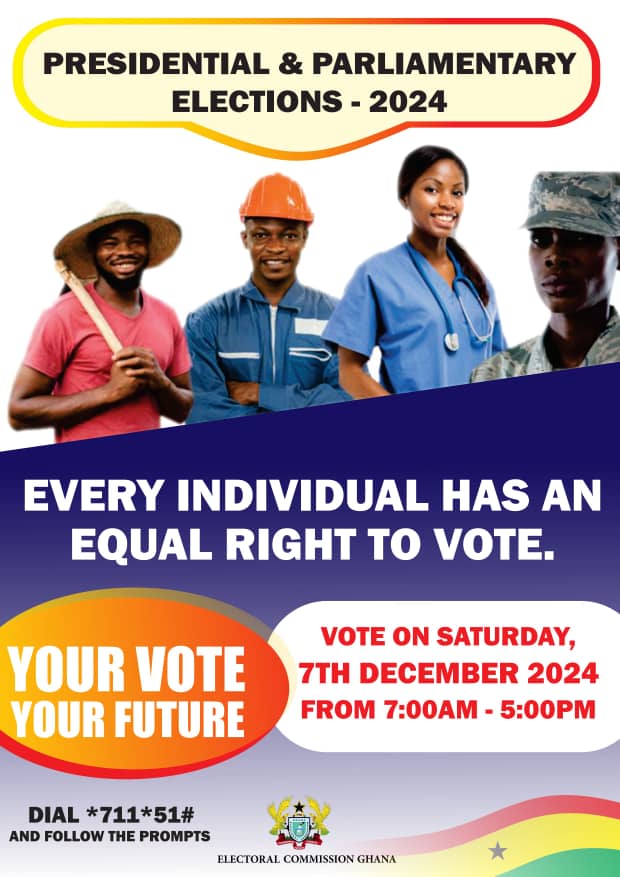
Atlantic Lithium is expected to earn some $2.2bn in net profit from its 15-year mining lease deal with Ghana.
The mining lease covers 42km square of the 560km square Ewoyaa site with the other parts of the site considered to also potentially have enormous deposits of lithium.
The projected net earnings was stated by Honorary Vice President of IMANI Ghana, Bright Simons on the NorvanReports’ and Economic Governance Platform (EGP) X Space Discussion on the topic, “Voices from the Ground: Local Perspectives on Lithium Mining In Ghana”.
According to him, the projected net earning is based on the 35.3 million tonnes at 1.25% lithium oxide mineral estimate resource at the Ewoyaa project site of which Atlantic Lithium is only sure about 3.5 million tonnes at 1.25% lithium oxide mineral estimate resource.
Atlantic Lithium is expected to earn some $2.2bn in net profit after its mining lease, currently they are mining 42km square of the 560km square Ewoyaa site which they further want to be given by the State,” he noted.
Speaking further during the X Space Discussion, Simons noted that, if the country does not get serious about the current lithium deal, the country may not get any value out of the natural resource.
If we don’t get serious about this deal, we will not make anything out of it as a country, the deal needs serious thinking, strategy, intention to refine and add value among others to be able to significantly gain from it,” he noted.
Among other things, Simons argued for the inclusion of increased equity in the company and a variable royalty structure as practiced by the State in the 1970s as against the current 13% equity stake in the company and 10% royalty rate.
He noted that there have been instances in the past, particularly in the General Acheampong regime where the country had a 55% equity stake in mining companies coupled with a variable royalty structure.
In the 1970s, Ghana had a 55% interest participation rate in mining companies, there were times too when we had a variable royalty structure that was higher than the current fixed 10% we have now,” he quipped.

